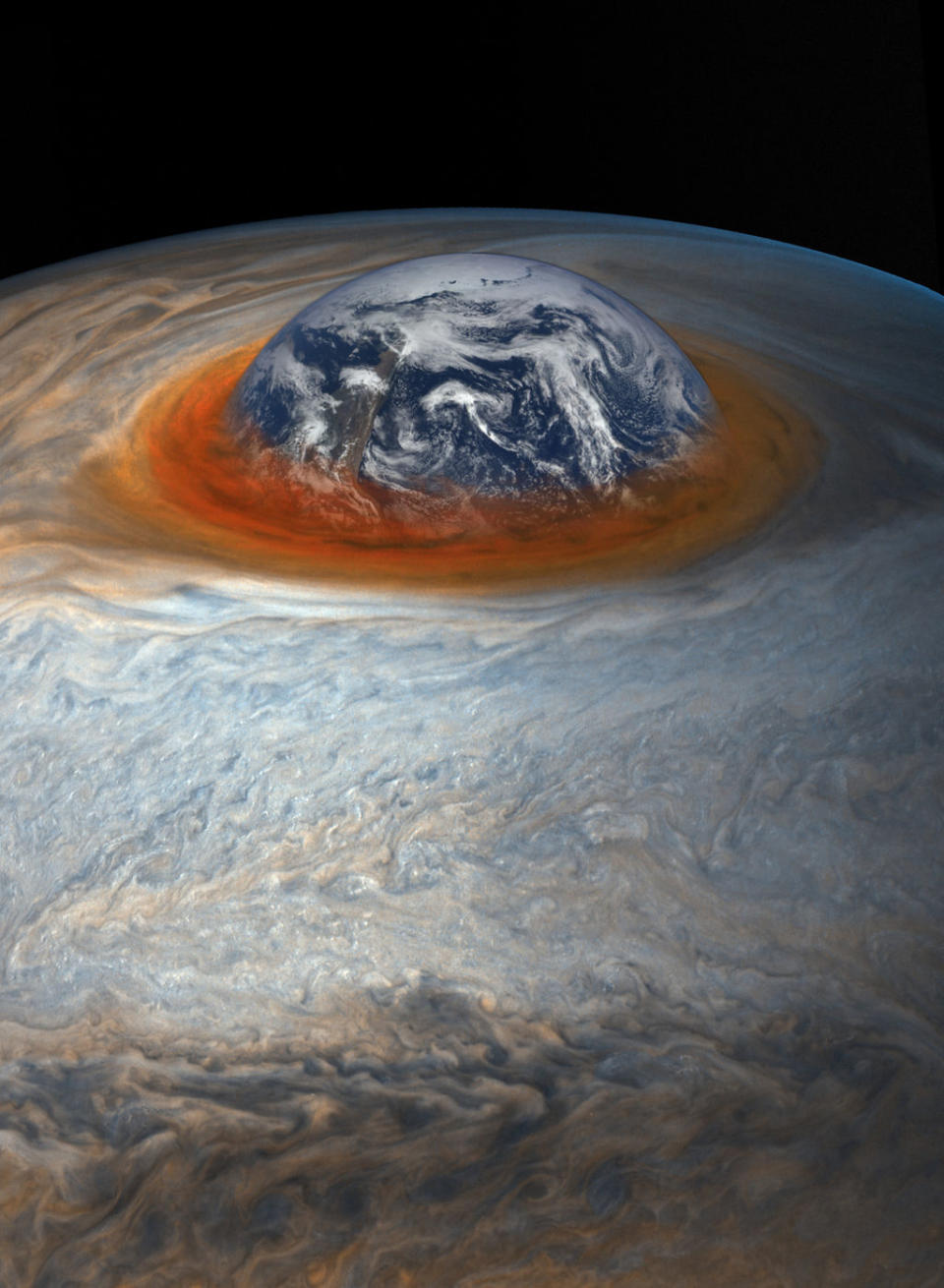Jupiter's Great Red Spot Could Disappear Within 20 Years
The iconic Great Red Spot of Jupiter may disappear in the next 20 years, according to a researcher at NASA's Jet Propulsion Laboratory (JPL) in California.
The massive storm — larger than Earth itself — was first spotted in 1830, and observations from the 1600s also revealed a giant spot on Jupiter's surface that may have been the same storm system. This suggests Jupiter's Great Red Spot (GRS) has been raging for centuries.
In a recent story, Business Insider spoke with Glenn Orton, a lead Juno mission team member and planetary scientist at NASA Jet Propulsion Laboratory (JPL), about the giant storm's fate. [Jupiter's Great Red Spot in Photos]
According to Orton, the storm's vortex has maintained strength because of Jupiter's 300-400 mph (483-640 km/h) jetstreams, but like any storm, it won't go on forever. "In truth, the GRS has been shrinking for a long time," Orton told Business Insider.
"The GRS will in a decade or two become the GRC (Great Red Circle)," Orton said. "Maybe sometime after that the GRM," by which he means the "Great Red Memory."

In the late 1800s, the storm was perhaps as wide as 30 degrees longitude, Orton said. That works out to more than 35,000 miles — four times the diameter of Earth. When the nuclear-powered spacecraft Voyager 2 flew by Jupiter in 1979, however, the storm had shrunk to a bit more twice the width of our own planet.
Data on Jupiter's crimson-colored spot reveals that this shrinking is still occurring. As of April 3, 2017, the GRS spanned the width of 10,159 miles (16,350 kilometers), less than 1.3 times Earth's diameter.The longest storm on Earth lasted 31 days, but Jupiter can sustain longer storms because the gas planet has tens of thousands of miles of atmosphere, and spins much faster than Earth.
Follow Doris Elin Salazar on Twitter @salazar_elin. Follow us @Spacedotcom, Facebook and Google+. Original article on Space.com.

